- Importance of Spring Pruning
- Benefits of Spring Pruning
- Tools and Equipment for Spring Pruning
- Step-by-Step Guide to Spring Pruning
- Timing and Frequency of Spring Pruning
- Timing
- Frequency
- Pruning Techniques
- Conclusion
- Pruning Tips and Techniques
- 1. Start by Removing Dead or Diseased Canes
- 2. Thin Out Overcrowded Canes
- 3. Prune for Plant Type
- 4. Consider a Trellis System
- 5. Disinfect Tools
- 6. Timing is Key
- 7. Regularly Maintain and Monitor
- 8. Seek Expert Advice
- Question-answer:
- When is the best time to prune raspberries?
- How should I prune raspberries?
- What should I do with the pruned canes?
- Will pruning raspberries increase their fruit production?
- Can I prune my raspberries during the summer?
- Video: How to Prune Raspberries (2021) How to Recognise Summer & Autumn Varieties (UK)
Raspberries are a delicious and popular fruit that many gardeners enjoy growing in their backyard. However, in order to ensure a healthy and productive raspberry plant, it is important to properly prune them every spring. Pruning raspberries helps to promote new growth, reduce disease, and improve fruit production. In this complete guide, we will walk you through the steps of pruning raspberries in the spring and provide tips on the best timing.
Why is spring pruning necessary for raspberries?
Spring pruning is crucial for raspberries as it helps to remove old, damaged, or diseased canes, allowing new canes to grow and produce a bountiful harvest. Pruning also promotes airflow and sunlight penetration throughout the plant, which can reduce the risk of fungal diseases. Additionally, pruning helps to prevent overcrowding and promotes the development of larger, sweeter berries.
When is the best time to prune raspberries?
The timing of raspberry pruning is important to ensure optimal growth and fruit production. It is generally recommended to prune raspberries in early spring, before new growth begins. In colder climates, this is typically done in late February to early March, while in warmer climates, pruning can be done in late winter or early spring. It is essential to prune before new buds emerge, as cutting back canes after bud break can lead to stunted growth and reduced fruit production.
Proper pruning techniques for raspberries:
Pruning raspberries involves removing old canes, thinning out the plant, and training new canes. To start, carefully examine the plant and identify any canes that are brown, shriveled, or weak-looking. These canes should be completely removed at the base of the plant. Next, thin out the plant by removing any canes that are growing too closely together or are overly crowded. Aim for a spacing of about 6 inches between canes.
Importance of Spring Pruning
Spring pruning is a critical task for maintaining healthy and productive raspberry plants. By removing certain canes and shaping the plant, gardeners can ensure optimal fruit production and overall plant health.
Promotes fruiting: Spring pruning helps maximize fruit production by removing dead, diseased, or unproductive canes. This allows the plant to direct its energy towards producing new, healthy canes that will bear fruit in the coming season.
Controls diseases and pests: Pruning removes infected or infested canes that may harbor diseases or pests. By eliminating these potential sources of infection, gardeners can reduce the risk of disease and pest problems in their raspberry plants.
Improves air circulation and sunlight penetration: Properly pruned raspberry plants have improved air circulation and sunlight penetration. This helps prevent the development of fungal diseases, increases fruit quality and ripening, and reduces the likelihood of pest infestations.
Shapes and rejuvenates the plant: Spring pruning allows gardeners to shape the raspberry plant and remove weak or overcrowded canes. This promotes even growth, prevents tangling, and allows for easy access to the plant for maintenance tasks such as watering, fertilizing, and harvesting.
Facilitates maintenance and harvesting: Pruned raspberry plants are easier to maintain and harvest. With well-spaced canes and clear pathways, gardeners can easily access the plant for routine maintenance tasks and pick ripe berries without damaging the plant or the fruit.
Enhances overall plant health: Regular spring pruning helps maintain the overall health of the raspberry plant. By removing damaged or diseased canes, gardeners can prevent the spread of diseases, improve plant vigor, and extend the plant’s productive lifespan.
In summary, spring pruning is a crucial practice for the proper care of raspberry plants. It promotes fruiting, controls diseases and pests, improves air circulation and sunlight penetration, shapes and rejuvenates the plant, facilitates maintenance and harvesting, and enhances the overall health of the plant.
Benefits of Spring Pruning
Spring pruning of raspberries offers several key benefits for the health and productivity of the plants. By following proper pruning techniques, you can enhance the overall growth and yield of your raspberry plants. Some of the main benefits of spring pruning include:
- Promotes new growth: Pruning in spring stimulates the growth of new shoots in raspberry plants. This helps in developing a stronger and more productive plant.
- Controls plant size: Raspberry plants can grow vigorously and become overcrowded if not properly maintained. Spring pruning helps in maintaining an optimal plant size by removing excess canes and promoting better air circulation.
- Prevents diseases and pests: Overwintering pests and diseases often hide in the old canes of raspberry plants. Pruning eliminates these potential sources of problems and reduces the risk of infestation in the new growth.
- Improves fruit quality: Spring pruning allows more sunlight and airflow to reach the developing fruit, resulting in better fruit quality and reduced chances of fungal diseases.
- Facilitates harvesting: Pruning helps in creating a well-organized raspberry plant structure, making it easier to access and harvest the ripe fruit. This also reduces the risk of damage to the fruit during harvesting.
- Encourages better nutrient distribution: By removing weaker or diseased canes, spring pruning ensures that the available nutrients are distributed more effectively to the healthier remaining canes, promoting their growth and productivity.
In conclusion, spring pruning of raspberries is essential for maintaining the health and productivity of the plants. By following proper pruning techniques, you can enjoy improved growth, better fruit quality, and a more manageable raspberry patch.
Tools and Equipment for Spring Pruning
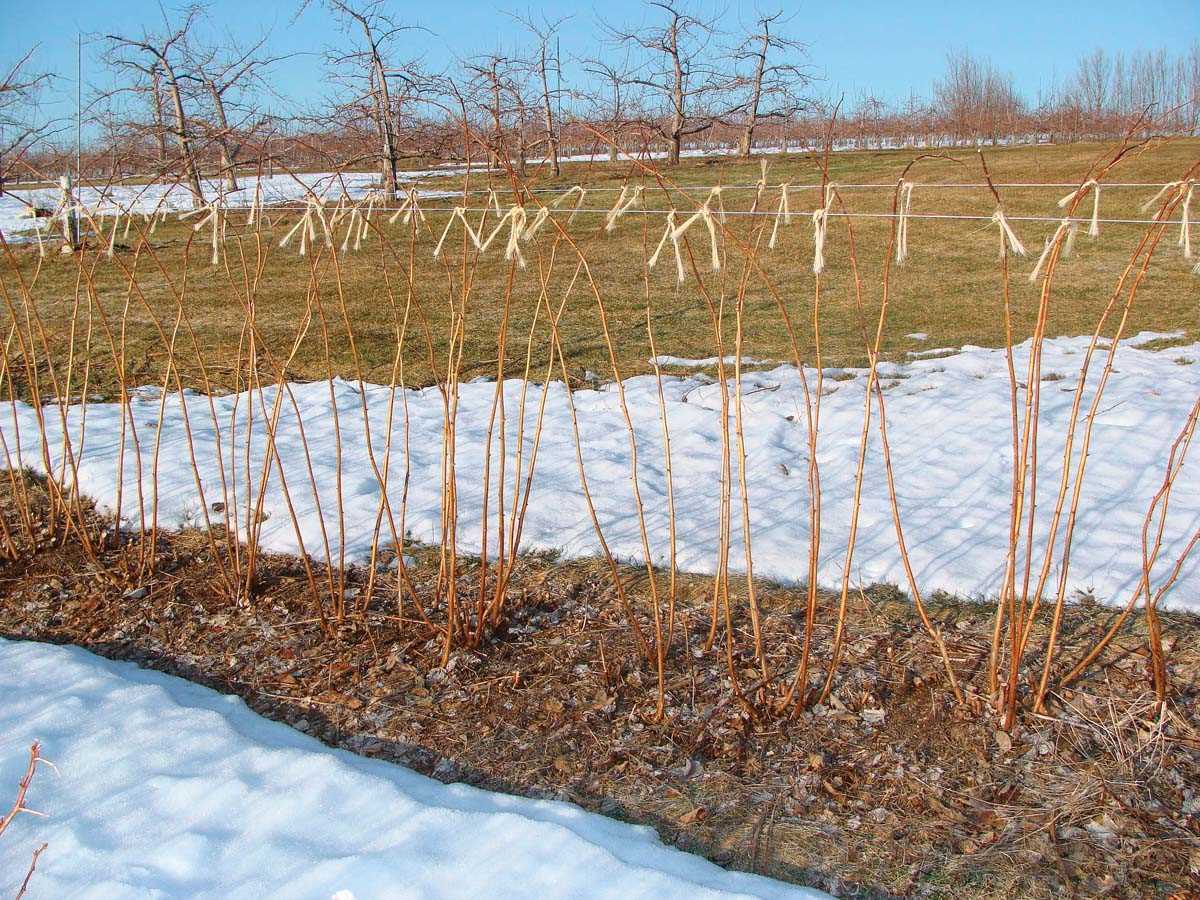
- Pruning shears: Pruning shears are an essential tool for cutting and shaping raspberry canes. Look for shears with a sharp blade and comfortable handle grip for ease of use.
- Loppers: Loppers are useful for cutting thicker raspberry canes that pruning shears may struggle to handle. Choose loppers with long handles and a ratcheting mechanism for added cutting power.
- Hedge trimmers: Hedge trimmers can be used to quickly remove large amounts of raspberry growth. Look for trimmers with adjustable blades and a cordless option for convenience.
- Gloves: Gloves are important for protecting your hands from thorns and cuts while pruning. Choose gloves made from a durable material like leather or synthetic fabric.
- Pruning saw: A pruning saw is helpful for removing larger raspberry canes or branches. Look for a saw with a sharp, curved blade for easy cutting.
- Wheelbarrow or garden cart: Having a wheelbarrow or garden cart nearby while pruning can help you easily transport cuttings and debris to the compost pile or disposal area.
- Garden rake: A garden rake can be used to gather up and remove fallen leaves and other debris from around the raspberry plants after pruning.
These tools and equipment will make your spring pruning tasks easier and more efficient. Make sure to clean and sharpen your tools regularly to maintain their effectiveness.
Step-by-Step Guide to Spring Pruning
Spring is the perfect time to prune raspberries to ensure healthy growth and a bountiful harvest. Follow these steps to properly prune your raspberry plants:
Start with the right tools: Make sure you have a pair of sharp pruning shears or loppers, as well as thick gloves to protect your hands from thorns.
Remove any dead or damaged canes: Begin by identifying any canes that are discolored, broken, or dried out. Cut them down to ground level using your pruning shears or loppers.
Thin out the remaining canes: Ideally, you should aim to have about 4-6 strong and healthy canes per raspberry plant. Remove any weak or overcrowded canes, cutting them down to the ground.
Trim the remaining canes: Once you have thinned out the canes, it’s time to trim them back. Cut the remaining canes to a height of about 4-5 feet. This will encourage lateral branching and promote better fruiting.
Dispose of the pruned material: Collect all the pruned canes and dispose of them properly. Do not leave them around the raspberry plants, as they can harbor pests and diseases.
Inspect for signs of disease: Take a close look at the remaining canes and the overall health of your raspberry plants. Look out for any signs of disease, such as discoloration, unusual growths, or spots on the leaves. If you spot any issues, take appropriate action to address them.
Apply a layer of mulch: Finally, spread a layer of organic mulch around the base of your raspberry plants. This will help conserve moisture, suppress weed growth, and provide nutrients as it breaks down.
Following these steps will ensure that your raspberry plants are properly pruned and ready to thrive in the coming growing season. Happy pruning!
Timing and Frequency of Spring Pruning
Pruning raspberries in the spring is an essential task for maintaining healthy and productive plants. The timing and frequency of pruning will depend on the type of raspberries and the climate in your area. Understanding the proper timing and frequency will help you achieve the best results.
Timing
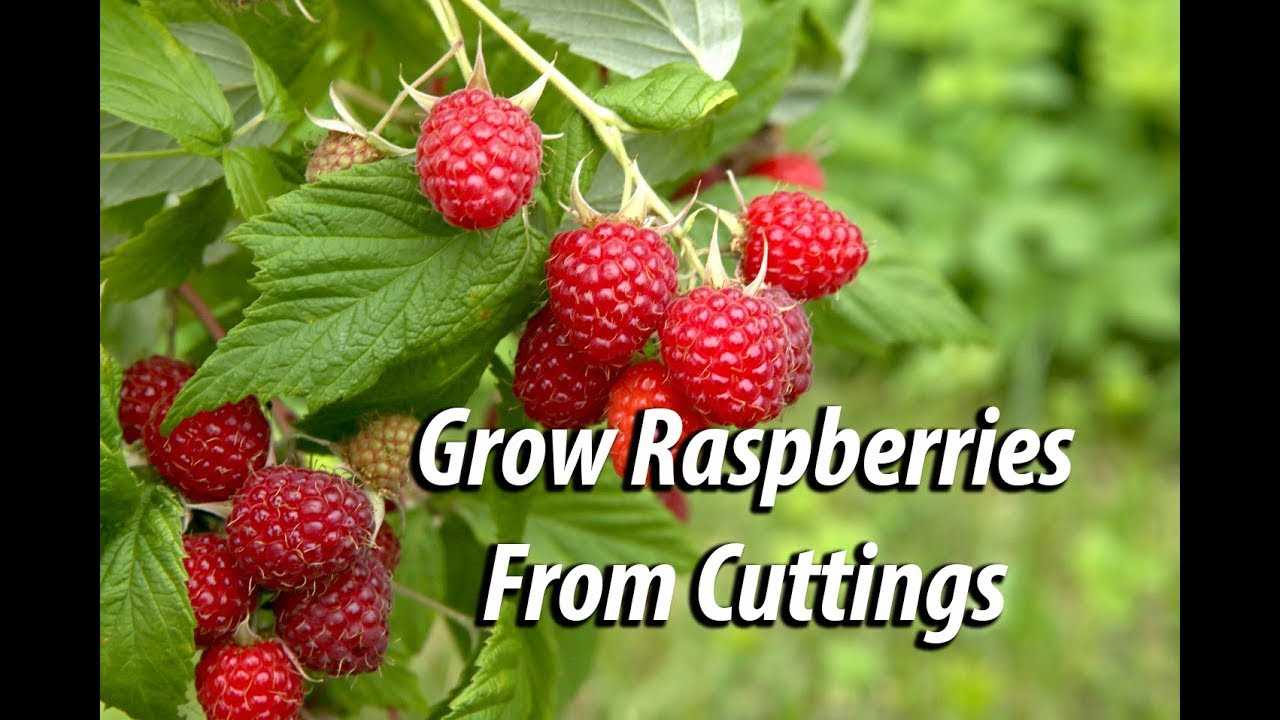
The optimal time to prune raspberries in the spring is when the plants are still dormant but starting to show signs of new growth. In most regions, this occurs in late winter or early spring, before the new buds have fully developed. It is important to prune before the plants start to leaf out, as pruning stimulates new growth.
Frequency
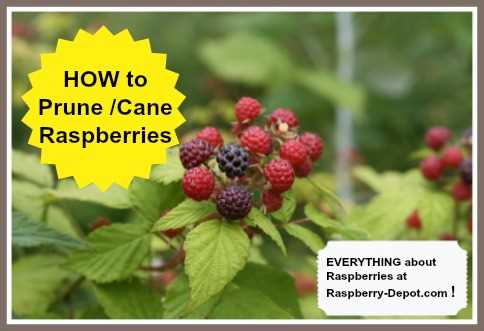
The frequency of pruning raspberries in the spring depends on the type of raspberries and their growth habit. Most raspberry varieties require an annual pruning in the spring to remove dead or damaged canes and promote new growth. However, some varieties, such as everbearing raspberries, can also benefit from a second pruning in early summer to increase fruit production.
For most raspberry varieties, an annual spring pruning is sufficient to maintain healthy plants and ensure good fruit production. However, if you notice any overgrown or crowded canes, or if the plants are not producing as much fruit as expected, you may consider a more aggressive pruning approach.
Pruning Techniques
When pruning raspberries in the spring, it is important to follow proper techniques to avoid damaging the plants. Here are some guidelines:
- Start by removing any dead or damaged canes. These can be easily identified as they will not have any new growth.
- Thin out the remaining canes, removing any weak or overcrowded ones. Leave the strongest and healthiest canes, usually around 4-6 per plant.
- Prune the remaining canes to a height of about 5-6 feet for standard varieties and 3-4 feet for dwarf or compact varieties.
- After pruning, clean up any fallen leaves or debris around the plants to reduce the risk of disease.
Conclusion
Timing and frequency are key factors in spring pruning of raspberries. Pruning at the right time and following the proper techniques will help promote healthy growth and increase fruit production. Remember to adjust your pruning approach based on the type of raspberries and their specific needs. With proper care, your raspberry plants will reward you with abundant and delicious berries.
Pruning Tips and Techniques
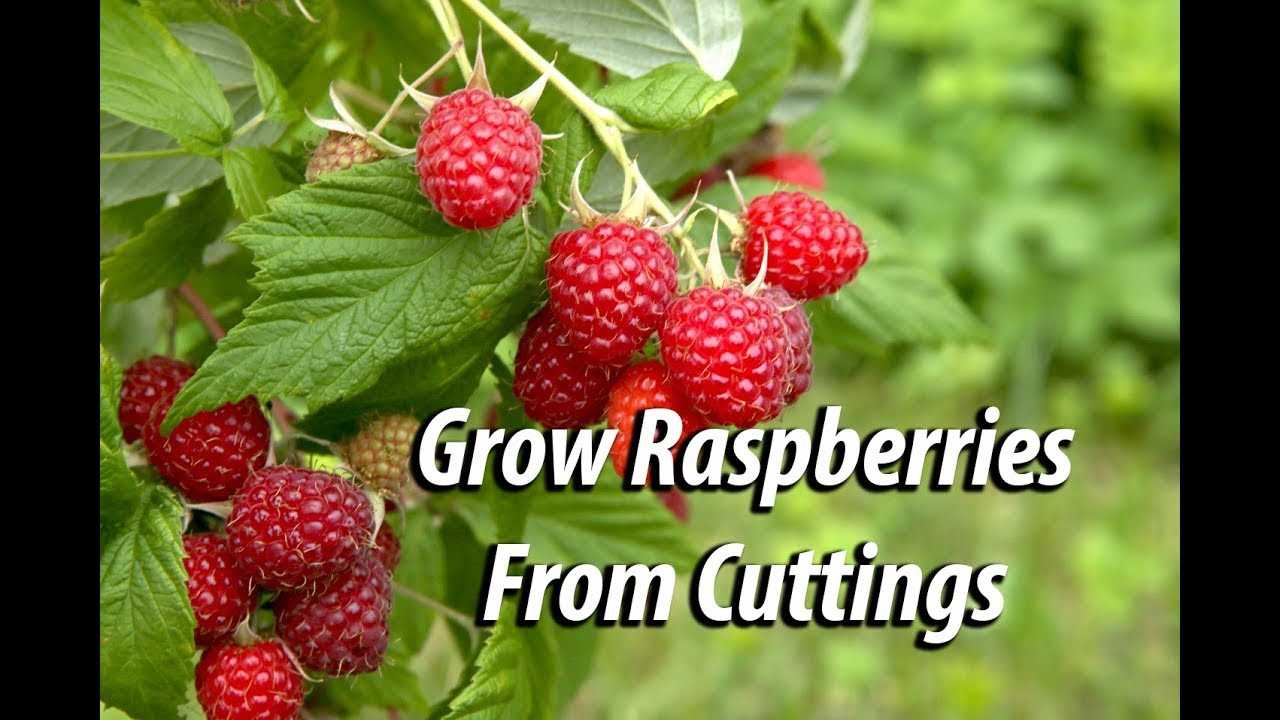
1. Start by Removing Dead or Diseased Canes
Before you begin pruning your raspberry plants, it’s important to remove any dead or diseased canes. These canes can harbor pests or diseases that can spread to healthy plants. Use sharp pruning shears to cut these canes off at the base, making sure to dispose of them properly.
2. Thin Out Overcrowded Canes
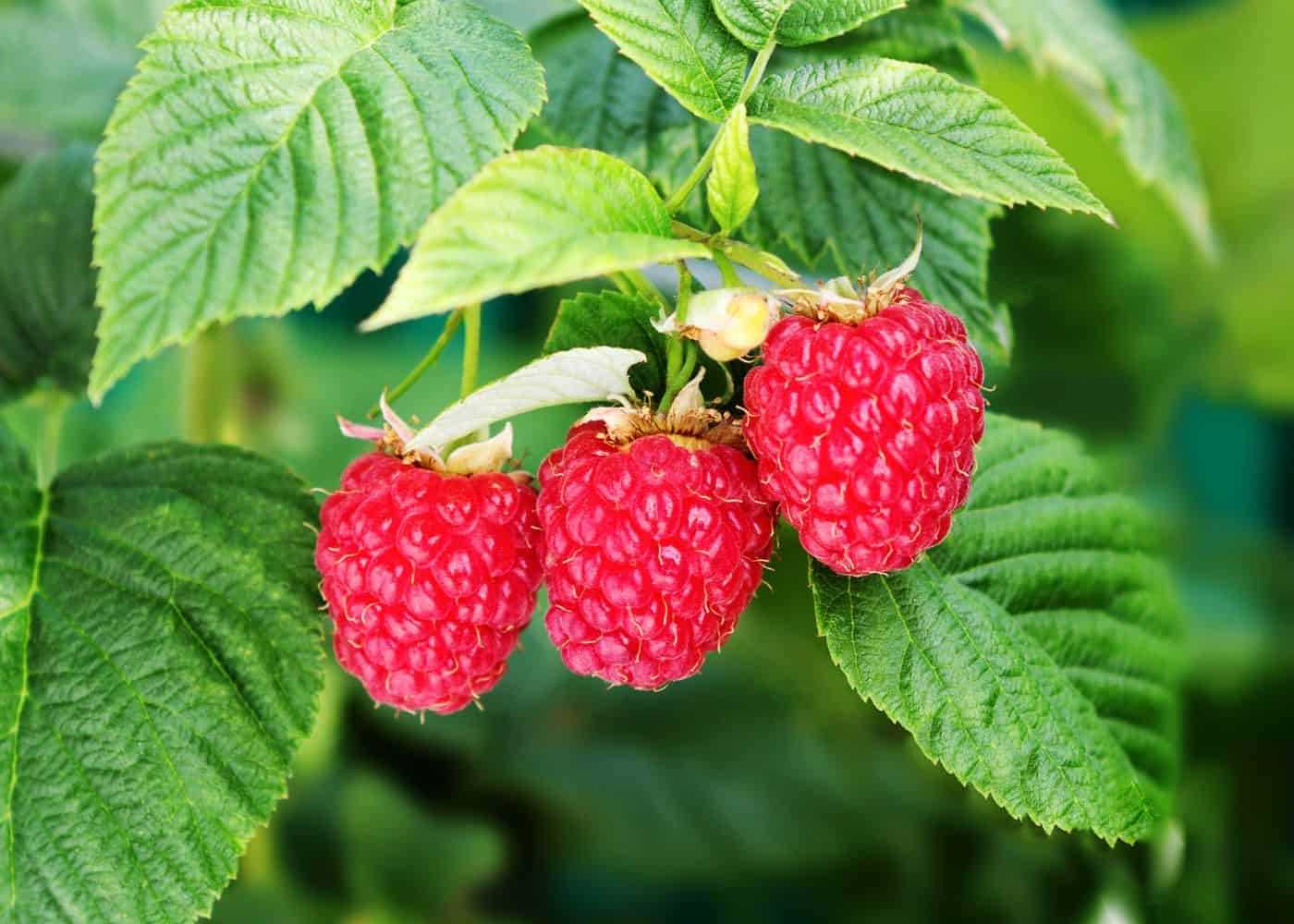
Raspberry plants can become overcrowded over time, which can lead to poor air circulation and increased disease susceptibility. Thin out the canes by removing any weak or spindly ones, as well as any canes growing in the wrong direction. Aim to leave about 4-6 of the strongest and healthiest canes per plant.
3. Prune for Plant Type
There are two main types of raspberries: summer-bearing and everbearing. Summer-bearing raspberries produce fruit on second-year canes, while everbearing raspberries produce fruit on both first-year and second-year canes. Adjust your pruning technique accordingly:
- Summer-bearing raspberries: Cut back all the canes that have fruited to ground level after harvest. This will promote the growth of new canes that will bear fruit the following year.
- Everbearing raspberries: Cut back the tips of the first-year canes in late winter or early spring to encourage branching and increase fruit production. After fruiting, cut the second-year canes to the ground.
4. Consider a Trellis System
Raspberries can benefit from a trellis system, especially if you have a large number of canes. This will help keep the canes upright, promote better air circulation, and make harvesting easier. Install a trellis or support system before the new growth begins in spring, and tie the canes loosely to the trellis as they grow.
5. Disinfect Tools
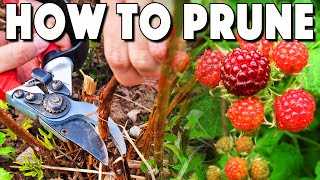
Before and after pruning your raspberry plants, it’s important to disinfect your tools to prevent the spread of diseases. Wipe down your pruning shears with a solution of 10% bleach and 90% water or rubbing alcohol. This will help prevent the transmission of any pathogens from one plant to another.
6. Timing is Key
Pruning raspberries at the right time is crucial for their overall health and productivity. Summer-bearing raspberries should be pruned in late winter or early spring, before new growth starts. Everbearing raspberries can be pruned in both late winter/early spring and after the fall harvest.
7. Regularly Maintain and Monitor
Pruning is not a one-time task. Make it a habit to regularly maintain and monitor your raspberry plants throughout the growing season. Remove any new suckers that emerge at the base of the plants to prevent overcrowding, and continue to monitor for any signs of disease or pests.
8. Seek Expert Advice
If you’re unsure about when and how to prune your raspberry plants, don’t hesitate to seek expert advice. Local extension services, nurseries, or experienced gardeners can provide valuable guidance specific to your region and raspberry variety.
By following these pruning tips and techniques, you can help ensure healthy, productive raspberry plants year after year.
Question-answer:
When is the best time to prune raspberries?
The best time to prune raspberries is in early spring, before new growth begins. This is usually in late February or early March, depending on your climate.
How should I prune raspberries?
When pruning raspberries, start by removing any dead or diseased canes. Then, thin out the remaining canes by removing the weakest ones, leaving only the strongest canes. Finally, cut back the remaining canes to a height of about 4-6 inches from the ground.
What should I do with the pruned canes?
After pruning raspberries, it’s important to properly dispose of the pruned canes. If they are diseased, it’s best to burn them to prevent the spread of disease. If they are healthy, you can compost them or use them as mulch in your garden.
Will pruning raspberries increase their fruit production?
Yes, pruning raspberries can help increase fruit production. By removing old canes, you allow more energy to be directed to the new canes, resulting in larger and juicier berries. Pruning also helps improve air circulation, reducing the risk of disease and increasing overall plant health.
Can I prune my raspberries during the summer?
While it’s best to prune raspberries in early spring, you can also do some light pruning during the summer. This can involve removing any dead or damaged canes and thinning out overcrowded areas. However, avoid heavy pruning during the summer, as this can interfere with fruit production.







